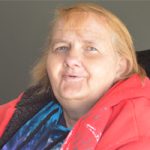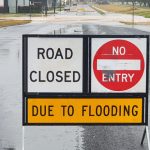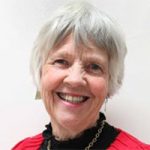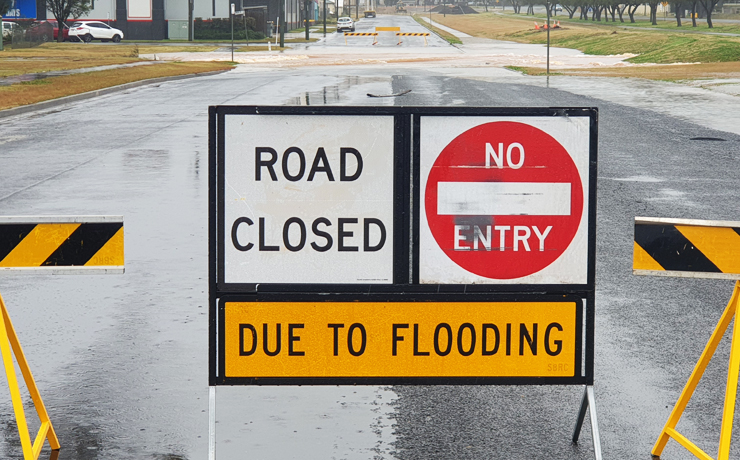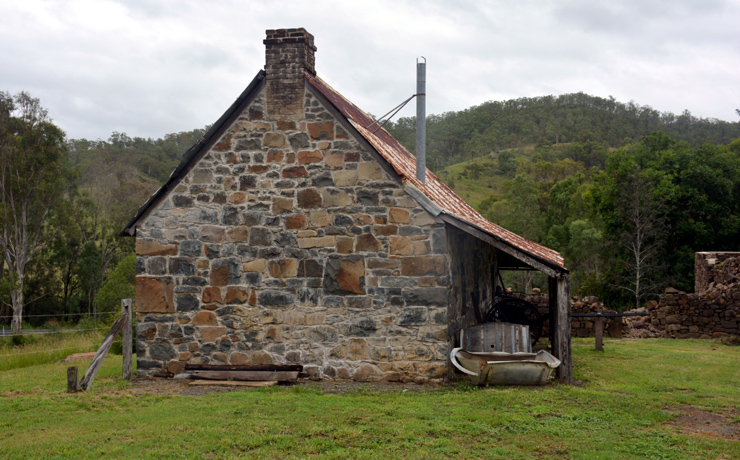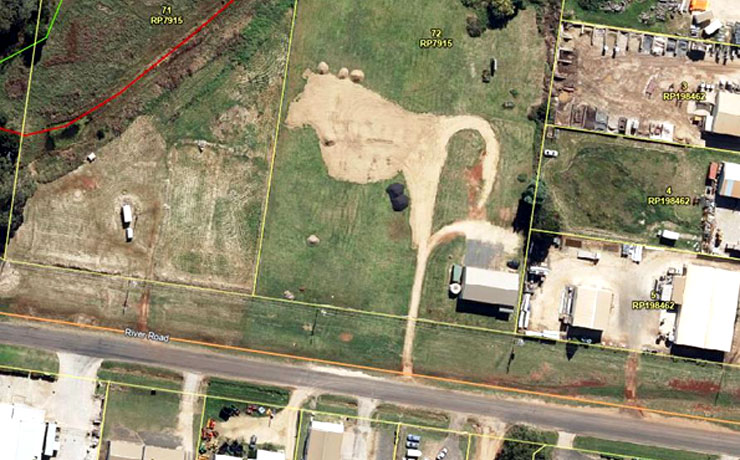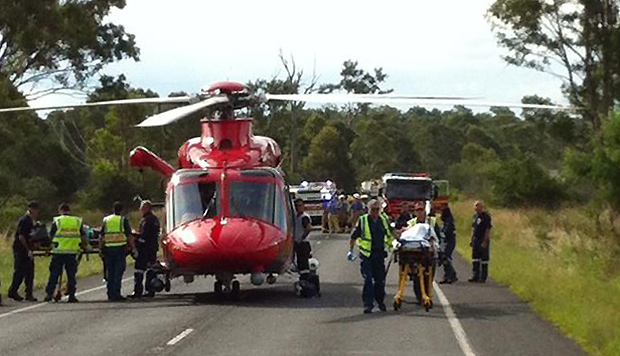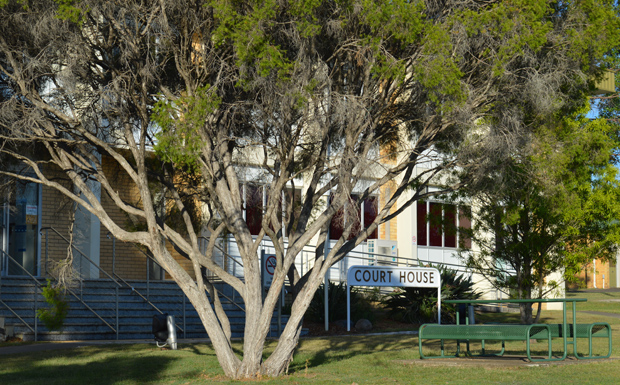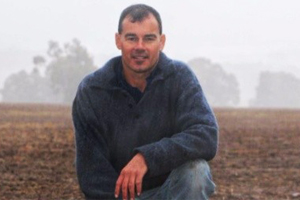by Dafyd Martindale
In July this year – shortly after the South Burnett Regional Council handed down its 2014-15 Budget – southburnett.com.au did some research to determine how the South Burnett’s rates stack up against neighbouring councils.
To carry this out, we used data collected by the Queensland Department of Local Government.
The department collects standardised rates and charges data from all councils in Queensland each year, then makes this information available on the Internet.
This allows anyone to find out what average rates and charges are in almost any town in Queensland.
After comparing the South Burnett’s average rates and charges with neighbouring Somerset, Toowoomba, Western Downs, North Burnett and Gympie councils (at both the low and high ends), we went on to compare our rates with 10 coastal councils, which is where most of Queensland’s regional population lives.
Then we compared them with four south-east Queensland metropolitan councils for good measure.
What we found from this exercise was that all things considered, rates in our region are about mid-range.
They’re certainly not the cheapest on offer – you’d need to move to Somerset Regional Council for that – but they’re by no means exorbitant, either (if you want to pay more you should move to Gympie, Toowoomba. the North Burnett or almost anywhere on the coast).
Finally, we provided links to where we had found the data for our research so any readers who wanted to double-check the figures we used and the conclusions we drew could do so for themselves.
This report surprised some people.
Hurt – as we’ve all been – by steep rate rises caused by the State Government’s forced Council mergers in 2008, the 2011 and 2013 floods, the withdrawal of Federal and State funding in the last few years and steep cost of living increases caused by State Government budgets, it was a shock to realise that as tough as some people are doing it in the South Burnett right now, they could do it even tougher in most other parts of Queensland.
But our report appears to have upset the South Burnett Residents Action Group (S-BRAG) so much they have now produced a counter report which disputes this and attempts to claim South Burnett rates are 15 to 20 per cent higher than they should be.
S-BRAG do this by arguing that rates are tied solely to property values.
In a nutshell, they argue that because an average block of land in Wondai has one-third the value of an average block in Mackay, Wondai’s rates should be one-third of Mackay’s rates.
They also argue that because the average price of a block of land in Nanango is $65,000, Nanango residents should pay the same rates as those who live in Crows Nest, Barcaldine or Giru (where average blocks are $65,000, too, but average rates are 15 per cent cheaper).
This would be correct if there was a standard, state-wide rate for every dollar of property value in Queensland.
But there isn’t. And S-BRAG’s conclusions are ludicrous.
The simple reality is that rates are tied to the total annual costs of running a Council.
These total costs are divided up by the number of ratepayers in that Council’s area, then weighted by the property values in that area (ie to ensure the rich pay more than the poor).
To a great extent, Council costs are fixed and standardised.
A council worker performing a job in Cairns receives the same wages as someone doing the same job in the South Burnett.
The costs of paving roads, pumping sewage, processing water or collecting the trash are pretty much the same everywhere, too.
So are phone, electricity, petrol and all the other input costs a Council faces.
The only things that vary from one Council to the next are local conditions – that is, the community facilities they provide and the extent of the road networks they maintain.
And in the South Burnett – thanks partly to history and partly to geography – those local conditions are that Council currently runs six libraries; six public swimming pools; five visitor information centres; two public art galleries; 14 community halls; and a road network of 3050km over an area of 8400 sq km, along with their associated bridges and floodways.
As Mayor Wayne Kratzmann has said on many occasions, these things are very costly to run and maintain.
If residents really want cheaper rates, they should be prepared to lose their swimming pool or their local library or hall (or all three). But Council is currently unwilling to do that. So at the moment, the costs of these things go into the “total annual cost” mix the Council has to fund.
This is something that most people with only a limited knowledge of how local government works already know and understand.
And it’s certainly something that an organisation which claims one of its core aims is to assist the South Burnett Regional Council achieve financial efficiency, sustainable rates, charges and satisfactory services really should know.
Yet as president Don Pinwill admitted at a Nanango meeting on October 8 where S-BRAG’s counter report was released, not one of its members has attended a Council meeting or even attempted to make contact with any serving Councillor in the three months since this group was formed.
Which is a pity.
Because if they had, we doubt S-BRAG’s fundamentally flawed counter report would ever have seen the light of day.
Are they seriously suggesting Nanango residents in search of a $136 annual saving on their rates bill should sell up and relocate to Barcaldine?
All we can say is that we stand by our original report and we encourage any reader who would like to retrace our research and draw their own conclusions to do so.
S-BRAG is not the fount of knowledge it claims to be.
Their release of their report is either a cynical attempt to manipulate the most ignorant, information-poor and deprived members of our community to build their group’s membership (which is shameful) or stands as an indictment of just how out of touch they really are.
PS: S-BRAG have also claimed the South Burnett Regional Council produced our original report. They did not. We undertook this research ourselves as a standard part of our work. If S-BRAG had bothered to check with us – or carried out even the most basic fact-checking elsewhere – they would have found this out, too.
Related articles:
- S-BRAG Woos Nanango Residents (contains S-BRAG’s counter report)
- S-BRAG Plans Nanango Branch
- S-BRAG Promises ‘A Voice’ For The People
- Rates: How Do We Compare? (our original report, with data sources)









